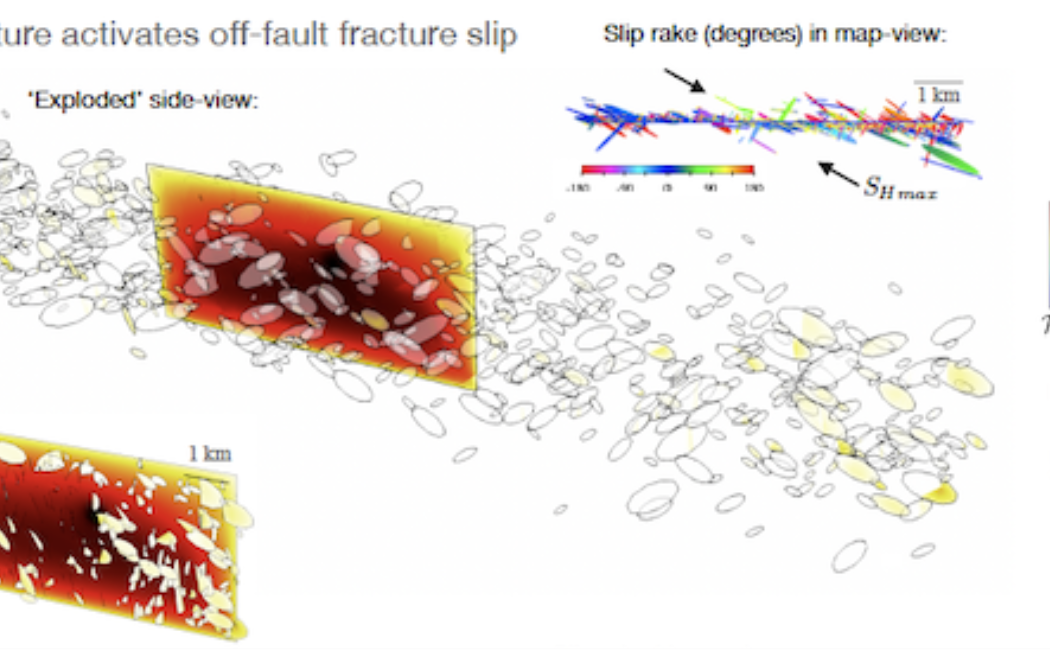


23 July, 2023
Earthquakes vary in size over many orders of magnitude, yet the scaling of the earthquake energy budget remains enigmatic. We propose that fundamentally different "small-slip" and "large-slip" fracture processes govern earthquakes. We combine seismological observations with a physics-based mechanical earthquake model under flash-heating friction. We find that dynamic weakening and restrengthening effects are non-negligible in the energy budget of small earthquakes and establish a simple linear scaling relationship between small-slip fracture energy and fault size. We use supercomputing to apply this scaling and unveil volumetric "Mode-4" earthquake cascades involving multi-scale fractures within a fault damage zone, capable of dynamically triggering large earthquakes. Our findings provide an intuitive explanation of seismicity across all scales with important implications for comprehending earthquake nucleation and multi-fault rupture cascades.
By Alice-Agnes Gabriel, Dmitry I. Garagash, Kadek H. Palgunadi, P. Martin Mai
https://doi.org/10.48550/arXiv.2307.15201 |